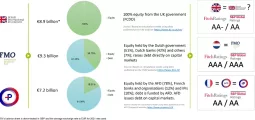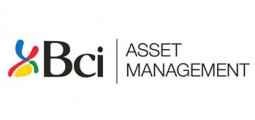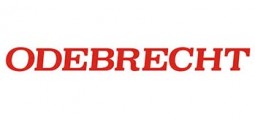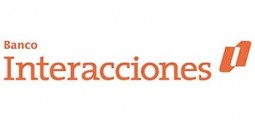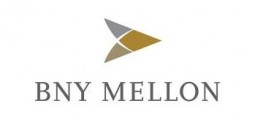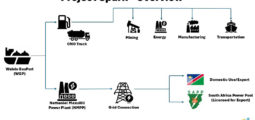The Midas Touch, or Not So Much? The Mythical Metal vs Shares
Gold is the age-old standard that once underpinned our modern currencies; what value does it have in physical form?
In times of economic uncertainty and geopolitical turbulence, gold traditionally serves as an icon of stability.
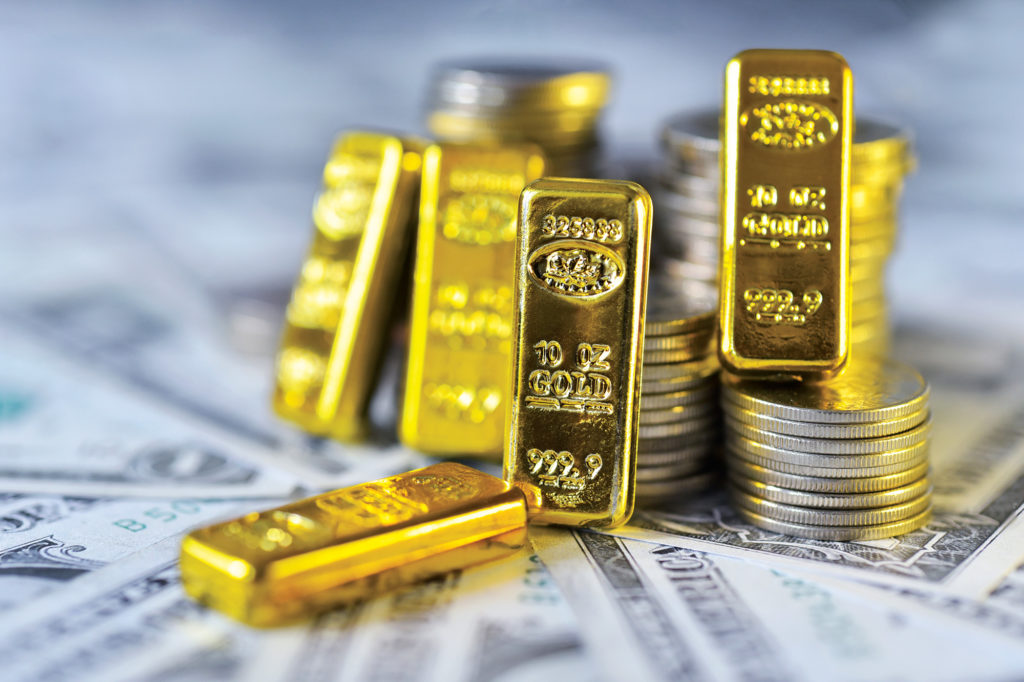
The weighty precious metal has long been a symbol of wealth, a means of commerce, and a hedge against inflation. As investors look for safe havens for their holdings, gold has always been an attractive option.
But when it comes to investing in gold, there is a vital decision to be made: actual, physical gold — or gold shares? Each option has promise and problems, those of converting gold into cash, and a complex regulatory landscape.
Gold has a fascination that extends across cultures and ages. Its scarcity, durability, and widespread acceptance distinguish it as a rare asset. Investors are lured to gold for a number of reasons.
It holds its value over time, offering a hedge against the eroding effects of inflation. When there are geopolitical tensions or economic downturns, the price of gold tends to rise. Its low correlation with other asset classes, such as equities and bonds, makes it a great diversification choice.
Countries and cultures around the world have historically embraced gold as an enduring standard, and one that has backed currencies with tangible value. Although the gold standard itself has been abandoned, the yellow metal continues to affect currency values and economic policies.
Gold is highly valued in various nations — India and China, particularly — especially during festivals and weddings.
Investment in Physical Gold
Gold assets such as coins, bars and jewellery have beauty and heft. Physical gold is a tangible asset. There’s satisfaction and security in such an investment.
The downside is security: it presents storage problems — which might increase costs. The risk of theft or loss is real, and of concern.
We’re all familiar with ingots from legends, books, and films. Today, they come in sizes ranging from grammes to kilogrammes and even larger bars; the bigger the bar, the cheaper the premium — the trade-off is in diminished liquidity.
Popular coins include the American Eagle, the Canadian Maple Leaf, and South Africa’s Krugerrand. While visually appealing and easier to conceal, gold jewellery has additional craftsmanship expenses, making it a less efficient investment.
Treasure Chests?
Home storage means the use of safes or secret chambers; theft is, potentially, a constant danger.
Safe deposit boxes are secure, but banks may not be insured for precious metals. Specialised storage facilities provide security and insurance — but come with a premium.
The Liquidity Issue
Converting actual gold into cash can be relatively simple, but again, there are challenges. Finding a buyer is one. Options include jewellery stores, pawn shops, online gold purchasers, and individual collectors. Buyers will want to evaluate gold’s purity, weight, and condition.
Given the buyer’s desire for profit, prices may be lower than the market rate. Transactions must be carried out safely, especially when dealing with significant amounts.
Premiums and Costs
Manufacturing costs, dealer mark-ups, and delivery charges must be taken into account — along with storage and insurance.
It’s crucial — and theoretically simple — to ensure that the gold is pure and real. Counterfeit gold is out there, so using trusted vendors is a must.
Investing in Gold Stocks
Shares gold-related financial instruments: mining stocks, ETFs, and mutual funds. These, too, come with pros and cons.
Investing in mining companies provides leverage; when gold prices climb, the companies’ earnings can grow in tandem, sometimes dramatically.
The cons include the fact that mining equities are vulnerable to operational risks, management decisions, and unpredictable geopolitical variables.
ETFs and ETNs
ETFs (exchange-traded funds) such as SPDR Gold Shares (GLD) hold actual gold, and offer exposure to gold prices without physical ownership. These provide liquidity, simplicity of trading, and reduced transaction costs. But ETFs don’t grant actual ownership of gold. There’s reliance on the fund’s management, as well as faith in the financial system.
ETNs (exchange-traded notes) are bank-backed debt securities that track gold prices, but expose investors to credit risk.
Gold Mutual Funds
These funds invest in a diverse range of mining companies, distributing risk throughout the industry. Leverage and derivatives, options and futures allow investors to speculate on price changes, boosting possible gains — and increasing losses. Because of their speculative nature, derivatives are complex and not suitable for all investors.
Gold shares are liquid; they can be purchased and traded during market hours with swift settlement. Physical gold is less liquid, and selling it entails finding a trusted buyer, negotiating the price, and physically moving the gold from place-to-place.
Gold shares have lower transaction costs, but may include management fees and expense ratios.
Physical gold incurs higher up-front costs due to fees, as well as storage and insurance expenses.
Regulations and Taxation
Gold shares are subject to capital gains tax, with rates depending on holding periods and local laws. Physical gold is also subject to capital gains tax, which varies according to jurisdictions.
Gold shares are as vulnerable to market risks as other investments. Physical gold is at risk of theft or loss and requires secure storage methods. Six of one, half-a-dozen of the other. Shares in gold are accessible through broking accounts, easing acquisition and exit positions. Physical gold must be purchased from dealers and delivered and stored in accordance with logistics and risk-perception.
Converting Ingots to Cash
This requires several steps, from finding a buyer to performing due diligence. Purchasers must ensure they are dealing with someone respectable who offers reasonable prices.
Buyers will assess the gold’s purity, weight, and condition. Having certificates of authenticity might make the procedure easier, and it’s vital to understand market prices — and be willing to negotiate. It’s best to gather quotes from multiple purchasers to get the best value.
Before releasing the gold, verify the payment methods and ensure that they have been received.
Regulations for Investments
Understanding the regulatory structure is critical for physical gold and gold stocks. To avoid money laundering, large cash transactions must be reported to authorities.
Import and export controls come into play when taking gold across borders; it may be subject to declaration, taxes — or outright bans. Regulations require dealers to provide truthful information about gold purity and weight.
Gold Share Regulations
Securities laws oversee investments in shares to ensure openness and fairness. Broking restrictions are in place to safeguard investors, brokers and financial advisors.
In the United States, actual gold is taxed at a maximum of 28 percent for long-term capital gains. Shares are taxed at regular capital-gains rates, which may be lower than the collected rate for actual gold. Some states levy sales taxes on gold purchases unless specific conditions are met.
Dealers and financial institutions must follow anti-money-laundering (AML) and know your customer (KYC) compliance, which impacts the buying and selling of gold.
Market Dynamics
Understanding the elements that drive gold prices can aid investors in making informed selections. Gold frequently appreciates as a hedge against rising inflation. Lower interest rates drop the opportunity cost of owning non-yielding assets.
Political instability and international conflicts attract investors to gold. Gold is normally valued in US dollars, so a lower currency can boost gold demand.
Central Bank Policies
The purchase and selling of gold by central banks can have an impact on world supply and demand. It’s worth studying its performance in times of economic crisis. In 2008, gold prices soared as investors sought safety.
Increased demand caused shortages and higher premiums.
During the Covid-19 pandemic, there were record highs: gold exceeded $2,000 per ounce. The significant inflows into gold ETFs demonstrated investors’ appetite for liquid assets. In short, gold prices can be volatile, and driven by world events beyond anyone’s control.
Holding gold does not provide income like dividends or interest. Shares are reliant on financial institutions.
Ethical Concerns
The environmental effects of mining are a concern, and gold mined in war zones can be used to finance violence.
Platforms and tech such as blockchain enable investors to purchase fractional ownership of actual gold held in secure vaults. Tokenising gold on the open ledger improves transparency and accessibility.
Investing a predetermined amount on a regular basis can help to avoid market timing concerns.
Financial consultants frequently suggest devoting five to 10 percent of a portfolio in gold. It can be used as a hedge against currency depreciation and stock market falls.
Combining actual gold with gold shares helps balance rewards and reduce dangers.
Making the right choice is tricky, based on investment goals. For long-term security, physical gold may be preferable. For liquidity and growth, shares may be more appropriate.
Investing in gold can be a wise way to preserve and increase wealth. Understanding the distinctions between real gold and gold shares is vital for making educated decisions. Before investing, speak with financial advisors and undertake extensive studies to ensure that your investment strategy matches your financial goals and risk tolerance.
Whether you have gold in your hands or in your portfolio, travelling this path demands careful thought. With a good strategy, gold can strengthen a portfolio, but gold, like any other investment, carries inherent dangers. Due diligence is key.
You may have an interest in also reading…
CFI.co Meets Juan Pablo Córdoba Garcés
Mr Córdoba Garcés assumed his current position as CEO of the Colombian Securities Exchange in March 2005. Since then his
IFC: Climate Change – Threat and Opportunity for Private Sector
As world leaders met at the 21st Session of the Conference of the Parties to United Nations Framework Convention on
Financial Stability in the European Union: IMF Assessment
In its first ever European Union-wide assessment of the soundness and stability of the financial sector, the International Monetary Fund













































